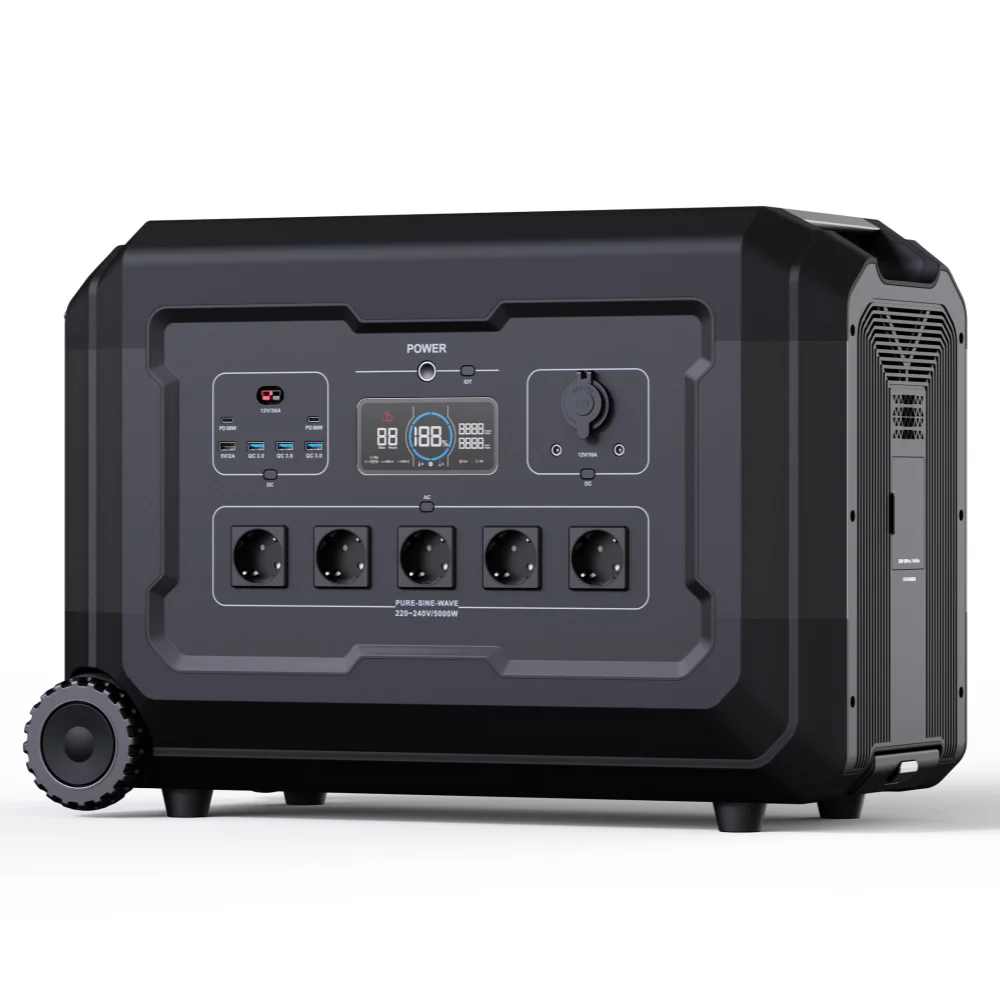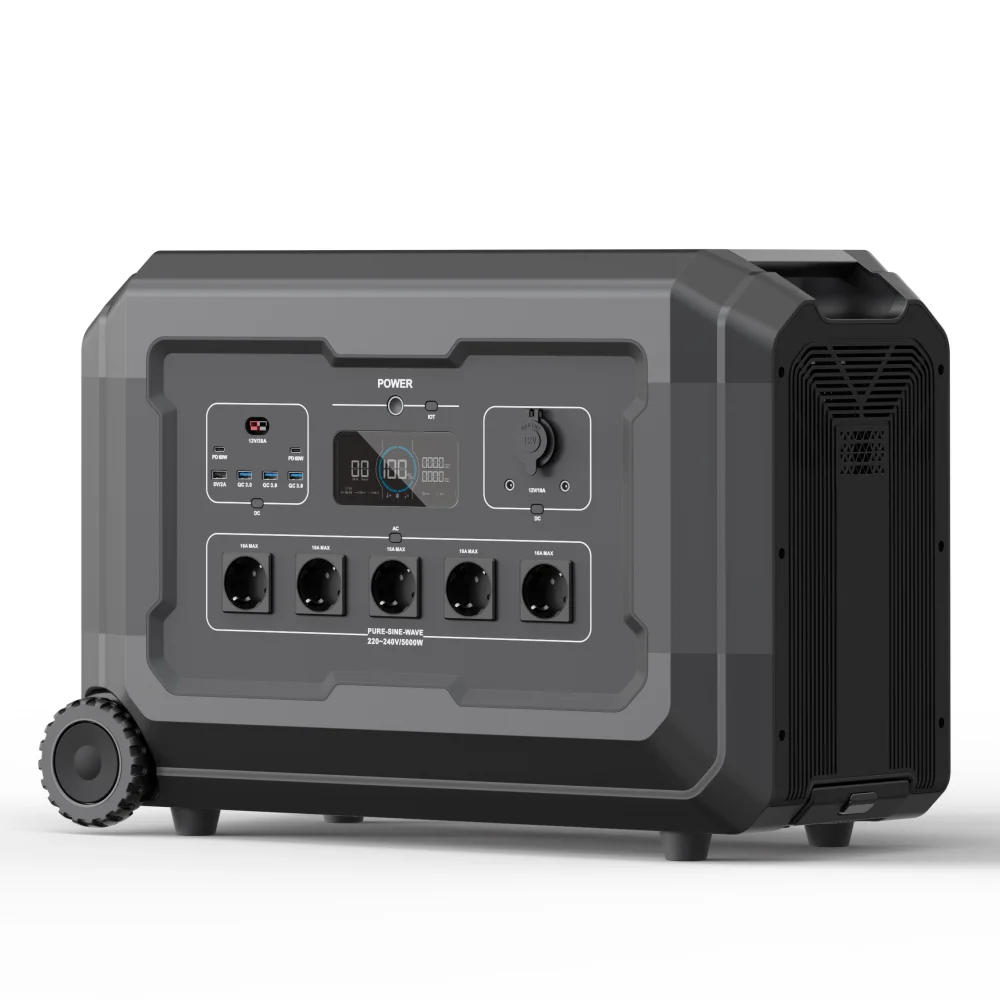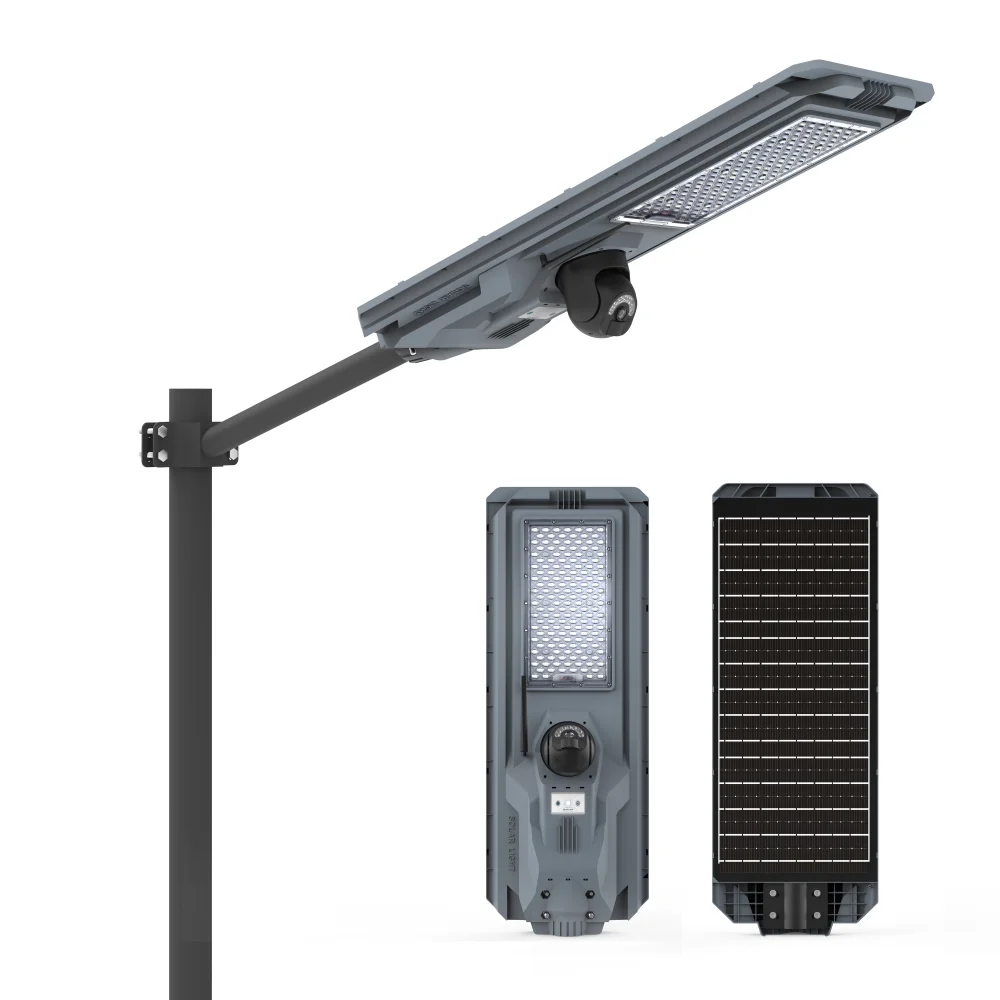Sono i power bank mobili a energia solare migliori rispetto agli altri? Confrontiamoli!
Batterie Solari vs Tradizionali: Differenze Principali
Metodi di Caricamento: Pannelli Solari vs. Dipendenza dalla Rete
Le power bank solari utilizzano celle fotovoltaiche per convertire la luce solare in elettricità, offrendo un modo comodo e rinnovabile per caricare dispositivi, soprattutto in condizioni soleggiate. Questa caratteristica le rende altamente efficaci per ambienti ricchi di sole dove le fonti di energia tradizionali sono scarse. Le power bank convenzionali, d'altra parte, richiedono una rete elettrica per ricaricarsi, il che implica l'accesso a prese di corrente. Questa dipendenza può limitarne la praticità in aree remote dove l'elettricità potrebbe non essere facilmente disponibile.
Impatto Ambientale: Energia Rinnovabile vs. Impronta di Carbonio
Scegliere power bank solari rispetto a quelle tradizionali può ridurre significativamente le emissioni di anidride carbonica, contribuendo alla sostenibilità e alla tutela ambientale. Sfruttando fonti di energia rinnovabile, promuovono una minore dipendenza dai combustibili fossili. Le power bank tradizionali, tuttavia, di solito si affidano all'elettricità generata da fonti non rinnovabili, aumentando potenzialmente la loro impronta di carbonio. Quindi, optare per soluzioni basate sul solare si allinea con gli sforzi globali per diminuire la dipendenza dai combustibili fossili e proteggere l'ambiente.
Portabilità e casi d'uso all'aperto
Le batterie portatili solari sono spesso progettate tenendo presente la portabilità, il che le rende eccellenti per attività all'aperto come campeggio, escursioni e viaggi. Offrono il vantaggio di ricaricarsi grazie all'esposizione alla luce solare, ideale per gli avventurieri che trascorrono molto tempo all'aperto. Al contrario, le batterie portatili tradizionali devono essere completamente cariche prima della partenza, poiché non dispongono della capacità di ricaricarsi senza una presa elettrica, il che potrebbe limitare la spontaneità durante le escursioni all'aperto.
Efficienza dei costi nel tempo
Sebbene il costo iniziale delle batterie portatili solari possa essere più elevato, spesso offrono risparmi a lungo termine sulle spese di elettricità, soprattutto in aree soleggiate. Questo aspetto legato al risparmio economico le rende un investimento attraente per i viaggiatori frequenti e i consumatori coscienti dell'ambiente. Le batterie portatili tradizionali potrebbero essere più economiche all'inizio, ma comportano costi continui legati al consumo di energia elettrica e potenziali sostituzioni frequenti. Pertanto, considerando l'efficienza a lungo termine, le soluzioni basate sul solare possono essere più economiche nel tempo.
Vantaggi e Limiti delle Power Bank Solari
Vantaggi: Eco-friendly, Affidabilità Off-Grid e Risparmi a Lungo Termine
Le power bank solari sono intrinsecamente eco-friendly poiché utilizzano l'energia pulita sfruttando pannelli solari, riducendo così la dipendenza dalle reti elettriche convenzionali. Ciò le rende una scelta eccellente e sostenibile per gli utenti impegnati a minimizzare il proprio impatto ambientale. Un altro vantaggio è la loro affidabilità off-grid, che si rivela indispensabile per le persone che frequentemente si avventurano in aree remote con infrastrutture limitate. A lungo termine, le power bank solari possono offrire risparmi significativi sui costi, riducendo la dipendenza dall'elettricità proveniente da fonti tradizionali, specialmente in luoghi con abbondante sole.
Inconvenienti: Dipendenza dal Meteo e Velocità di Carica Inferiore
Nonostante i loro benefici, le batterie solari sono altamente dipendenti da condizioni meteorologiche favorevoli; giorni nuvolosi o piovosi possono ridurre significativamente la loro efficienza di caricamento, limitando la loro utilità in determinati ambienti. Al contrario, le batterie tradizionali, che si ricaricano velocemente da una presa elettrica, offrono un'esperienza di caricamento più costante. Inoltre, le versioni a energia solare spesso soffrono di tempi di caricamento più lenti a causa della superficie limitata dei loro pannelli solari, rendendole meno pratiche per gli utenti che richiedono un rifornimento di energia rapido.
Le Migliori Soluzioni a Energia Solare per un'Energia affidabile
stazione Energetica Portatile 5000W Generatore Solare
La Stazione Energetica Portatile 5000W Generatore Solare di FadSol è una soluzione eccezionale per chi ha bisogno di una grande capacità di alimentazione portatile. Questa stazione energetica portatile è ideale per escursioni in campeggio con gruppi, poiché può alimentare in modo efficiente più dispositivi contemporaneamente, inclusi smartphone, tablet e piccoli elettrodomestici. Una delle sue caratteristiche distintive è la presenza di porte USB integrate, che consentono il caricamento diretto di una varietà di dispositivi.

sistema Solare da 3600W con Batteria LiFePO4
Il Sistema Energetico Solare da 3600W di FadSol si distingue per la sua notevole efficienza e longevità. Alimentato da un avanzato batterio al fosfato di ferro litio (LiFePO4), questo sistema si vanta di una vita ciclica più lunga, rendendolo una scelta affidabile sia per l'uso residenziale che mobile. La sua versatilità consente agli utenti di accedere all'energia da varie fonti, sia a casa che in movimento, offrendo flessibilità e affidabilità.

lampada Solare da 1200W con Telecamera CCTV
Unendo sicurezza e sostenibilità, l'illuminazione stradale solare da 1200W di FadSol è una soluzione superiore per l'illuminazione e il monitoraggio all'aperto. Questo prodotto integra un potente LED con una telecamera CCTV, rendendolo ideale per migliorare la sicurezza nei parchi e nelle aree residenziali senza dipendere dall'elettricità della rete. Le sue robuste capacità solari garantisco un'origine energetica coerente ed eco-friendly.

Queste soluzioni alimentate a energia solare rappresentano un esempio di come la tecnologia innovativa possa fornire soluzioni energetiche efficienti, sostenibili e affidabili per varie esigenze, dalla copertura di emergenza all'aumento della sicurezza e all'indipendenza off-grid.
Fattori da Considerare quando si Sceglie un Power Bank
Capacità della Batteria ed Efficienza del Pannello Solare
Quando si sceglie un power bank, valutare la capacità della batteria è fondamentale. Una maggiore capacità di batteria garantisce che i dispositivi possano essere caricati più volte prima che il power bank stesso abbia bisogno di ricarica. Questo è particolarmente importante per gli utenti che contano sui loro power bank durante attività come escursioni in campeggio prolungate o in situazioni in cui la disponibilità di energia è limitata. Inoltre, comprendere l'efficienza dei pannelli solari in un power bank può influenzare significativamente i tempi di carica ed efficienza in varie condizioni. Un'alta efficienza dei pannelli solari consente una carica più rapida, anche in condizioni meteorologiche subottimali, garantendo così un flusso costante di energia quando serve di più.
Casi d'Uso: Campeggio, Emergenze o Uso Quotidiano
Il contesto d'uso è un altro fattore chiave da considerare quando si sceglie una power bank. Diversi contesti, come l'accampamento, le emergenze o l'uso quotidiano, richiedono caratteristiche e capacità diverse. Per i viaggi in campeggio, una power bank con una vita della batteria sostanziosa e la possibilità di ricarica solare è ideale per mantenere la connettività e alimentare dispositivi essenziali in aree remote. In caso di emergenza, la ricarica rapida e la versatilità nella ricarica di diversi tipi di dispositivi diventano priorità. Analogamente, per l'uso quotidiano, fattori come la portabilità, la velocità di caricamento e il design compatto potrebbero essere al primo posto tra le considerazioni, garantendo che la power bank rimanga pratica e migliorando l'utilità quotidiana.
Durata e Resistenza Meteorologica (Classificazioni IP)
La durata e la resistenza alle intemperie sono fondamentali quando si sceglie un power bank, soprattutto se destinato all'uso all'aperto. I prodotti con classificazioni di Protezione Ingresso (IP) più elevate offrono una maggiore resistenza all'acqua e alla polvere, garantendo affidabilità anche in condizioni ambientali severe. Ciò rende tali power bank particolarmente vantaggiosi per gli utenti che praticano attività come l'hiking o il camping, dove l'esposizione agli elementi è un problema. Scegliere un modello resistente alle intemperie assicura che il power bank possa sopportare cambiamenti imprevisti del tempo, proteggendo i componenti interni e prolungando la sua durata.
 EN
EN
 AR
AR FR
FR DE
DE IT
IT PL
PL PT
PT RU
RU ES
ES SW
SW HA
HA
